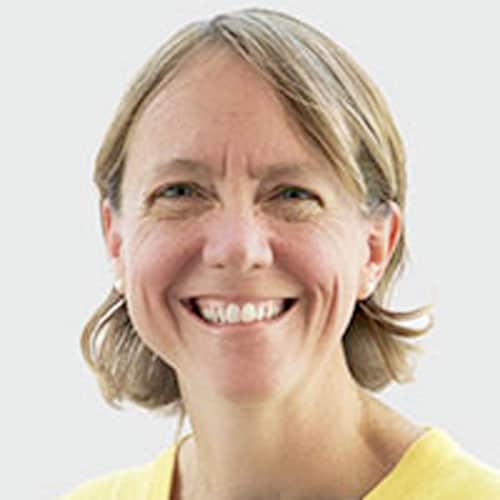Through a competitive national application process, the US Department of Energy (DOE) has awarded the University of Rochester $4 million for research in the growing, multidisciplinary field of Quantum Information Science (QIS), which is viewed as the foundation for the next generation of computing and information processing. This QIS research at Rochester is being supported for three years by the US Department of Energy Office of Science, through its Fusion Energy Sciences Program (FES).

Gilbert “Rip” Collins, professor of mechanical engineering in the Hajim School of Engineering & Applied Sciences and of physics in the School of Arts & Sciences, as well as associate director at the Laboratory for Laser Energetics (LLE), will lead this research with Department of Mechanical Engineering faculty Ranga Dias and Niaz Abdorahim; Ryan Rygg, Danae Polsin, and Mohamed Zaghoo from the LLE; along with distinguished scientists from a number of other institutions across the globe.
“It has been about 100 years since scientists began to discover the exotic properties of quantum matter. Since then, scientists and engineers have exploited such properties by exploring matter at extremely low temperature, where thermal agitation, e.g. the great destroyer of subtle quantum correlations, hides such behavior,” said Collins. “Today we begin to explore a new realm of quantum matter, where atoms are squeezed to such close proximity that quantum properties are no longer subtle, and can persist to very high temperatures. Our team is diverse and contains top leaders in the fields of high-energy density science, emergent quantum materials, plasmas, condensed matter and computations. We will have extensive outreach, workshops and high profile publications, to engage a world-wide community in this extreme quantum revolution.”
“We are very pleased that the DOE has chosen to invest in Rochester’s high-energy density research programs and the groundbreaking fusion research conducted at our Laboratory for Laser Energetics,” said Rob Clark, University provost and senior vice president for research. “The leadership and expertise of our scientists and our state-of-the-art research tools make the University of Rochester an ideal environment to pursue advances in QIS.”
“The Laser Lab is a world-renowned center for groundbreaking research and scientific exploration, and the discoveries that will result from this new work at the lab are no exception,” said US Senate Minority Leader Charles E. Schumer. “This new DOE investment affirms the LLE’s international reputation for scientific innovation and underscores my continued push to keep the lab and its more than 350 employees on the job.”
US Representative Joe Morelle said: “The Laboratory for Laser Energetics continues to cement its place as a world-class institution and leader in cutting edge scientific research. This substantial award will allow the University of Rochester to leverage this unique facility to explore new realms of quantum matter and phenomena, making discoveries with fascinating potential future applications right here in Rochester. I am grateful to DOE for their investment in the future of our community and congratulate the University of Rochester on this exciting award.”
LLE Director Mike Campbell said: “We are very pleased that the DOE has recognized the quality and the potential for advancing our knowledge of the quantum behavior of matter at the extreme conditions that we can produce with these laser facilities. This also shows how the different offices in the DOE effectively work together. The facilities and capabilities provided by National Nuclear Security Administration (NNSA) at LLE will enable cutting edge science funded by the DOE Office of Fusion energy Sciences.”
This “Extreme Quantum Team” will focus their research on tuning the energy density of matter into a high-energy-density (HED) quantum regime to understand extremes of quantum matter behavior, properties and phenomena. Since the early days of quantum mechanics, the realm of quantum matter has been limited to low temperatures, restricting the breadth of quantum phenomena that could be exploited and explored. The project will take advantage of new developments in HED science that enable the controlled manipulation of pressure, temperature and composition, opening the way to revolutionary quantum states of matter. For example, this team will use compression experiments to tune the distance between atoms thereby unlocking a new quantum behavior at unprecedentedly high temperatures, transferring quantum phenomena to the macroscale, and opening the potential for hot superconductors, superconducting-superfluid plasma, transparent aluminum, insulating plasma and potentially more.
The call for applications for this QIS award asked for proposals that can have a transformative impact on the FES mission, which is to expand the fundamental understanding of matter at very high temperatures and densities and to build the scientific foundation needed to develop a fusion energy source. The FES pursues scientific opportunities and grand challenges in high energy density plasma science to better understand our universe and to enhance national security and economic competitiveness. FES is also focused on increasing the fundamental understanding of basic plasma science to create opportunities for a broader range of science-based applications.



